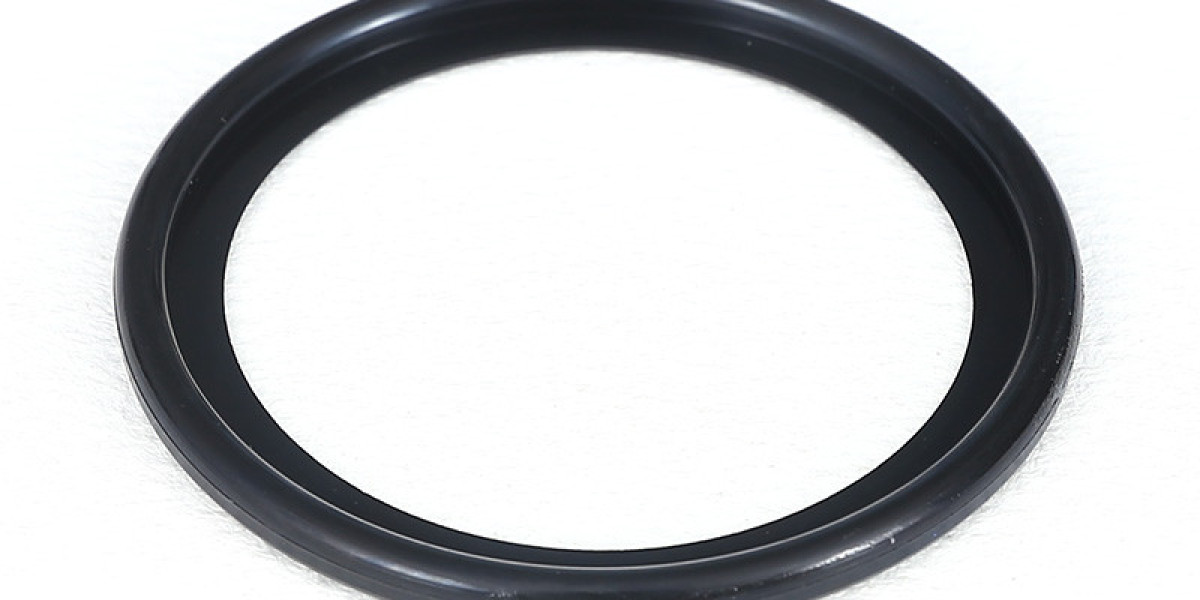Among the vast array of sealing solutions, O-Rings stand out for their remarkable effectiveness and elegant simplicity. Their core function – the fundamental reason they are indispensable across countless industries – is their exceptional ability to create reliable seals against both liquids and gases. This makes O-Rings the go-to choice for applications ranging from hydraulic systems and fuel injectors to chemical processing and medical devices.
The magic lies in a clever two-stage sealing mechanism. First, the O-Ring is installed into a precisely designed groove (the gland) with deliberate pre-compression. This initial squeeze deforms the elastic O-Ring slightly, forcing it into intimate contact with the groove walls and mating surface. This creates the crucial initial sealing force, effectively blocking potential leakage paths even before system pressure is applied. It's this pre-load that ensures a seal under static conditions or during assembly.
The true power amplifies when the system operates. As internal pressure builds (from fluid, gas, or vacuum), it acts upon the exposed surface of the O-Ring. Instead of blowing the seal out, this pressure actively enhances the seal. It pushes the O-Ring material firmly against the low-pressure side of the groove and the opposing sealing surface. Essentially, system pressure becomes the O-Ring's ally, generating a significantly higher pressure-assisted sealing force. The higher the pressure (within design limits), the stronger the seal becomes.
This combination of pre-compression and pressure-assist allows O-Rings to reliably contain diverse media – water, oils, hydraulic fluids, aggressive chemicals, fuels, and compressed gases – in demanding static or slow dynamic applications. The effectiveness of this principle hinges on correct gland design (providing the right amount of initial squeeze and space for the O-Ring to deform) and selecting an O-Ring material compatible with the fluid, temperature, and pressure.
In essence, the unparalleled sealing performance of O-Rings stems from this elegant interplay between mechanical pre-load and hydraulic force. It transforms a simple elastomeric loop into a dynamic barrier, proving that sometimes the most powerful solutions are also the most fundamentally sound. Their reliability, born from this core principle, ensures they remain a cornerstone of sealing technology.







